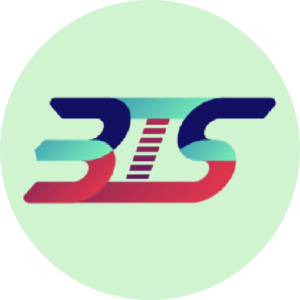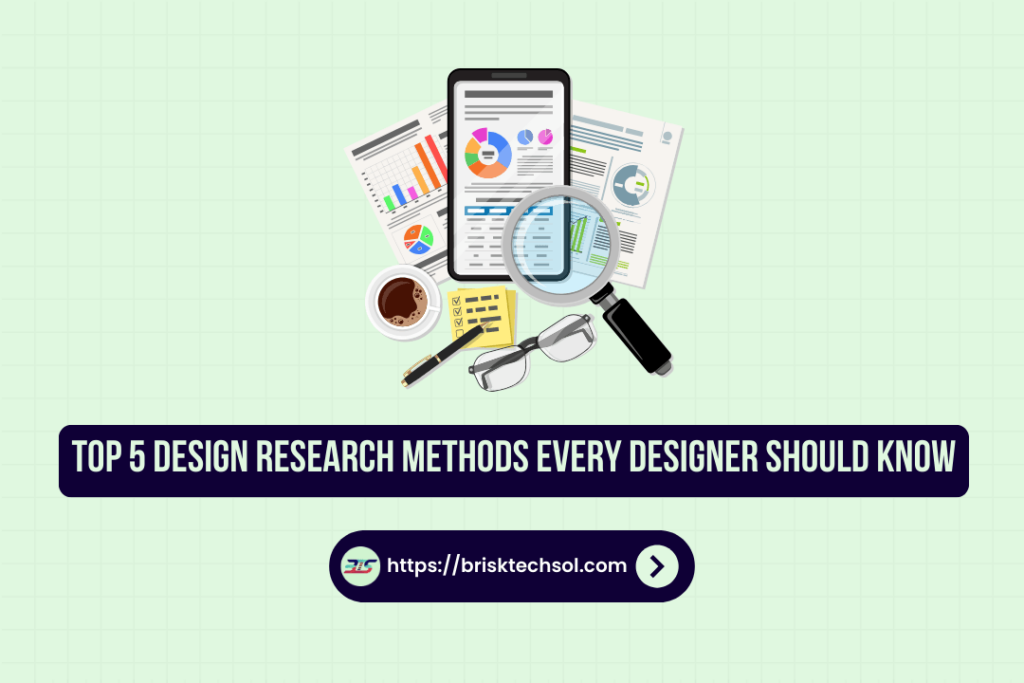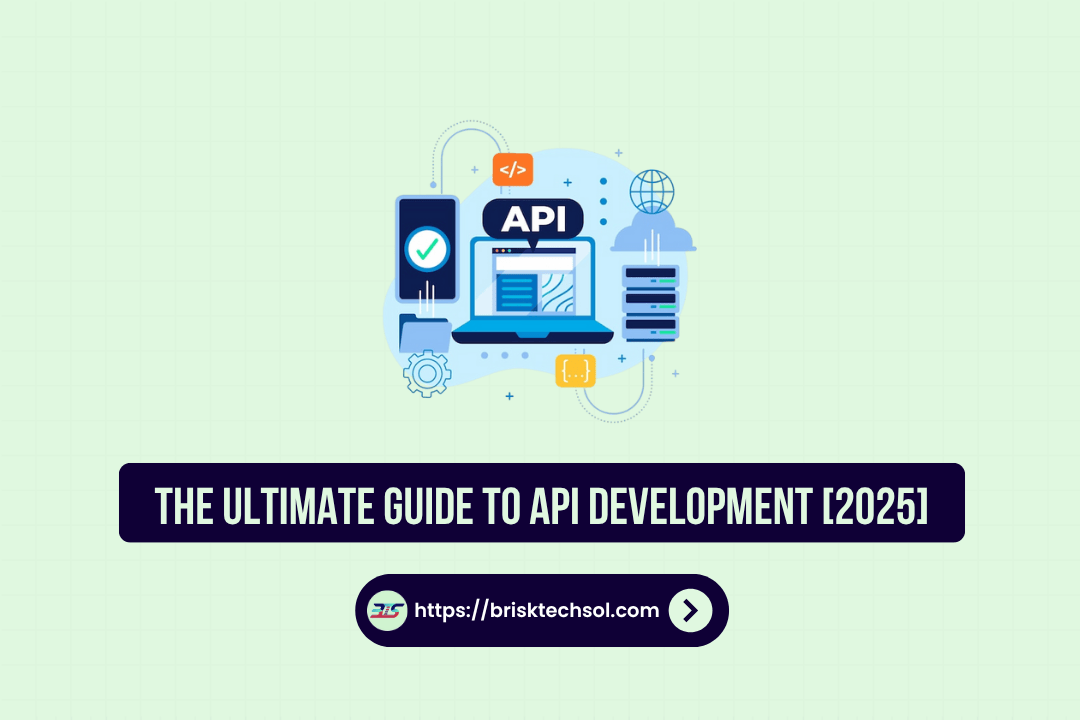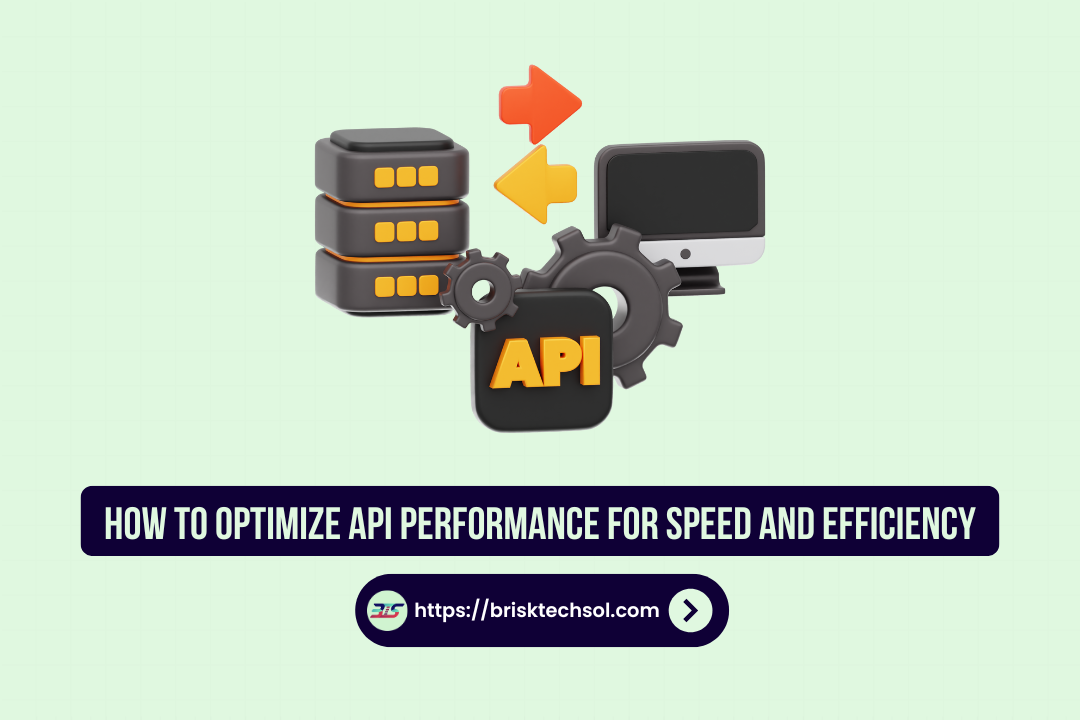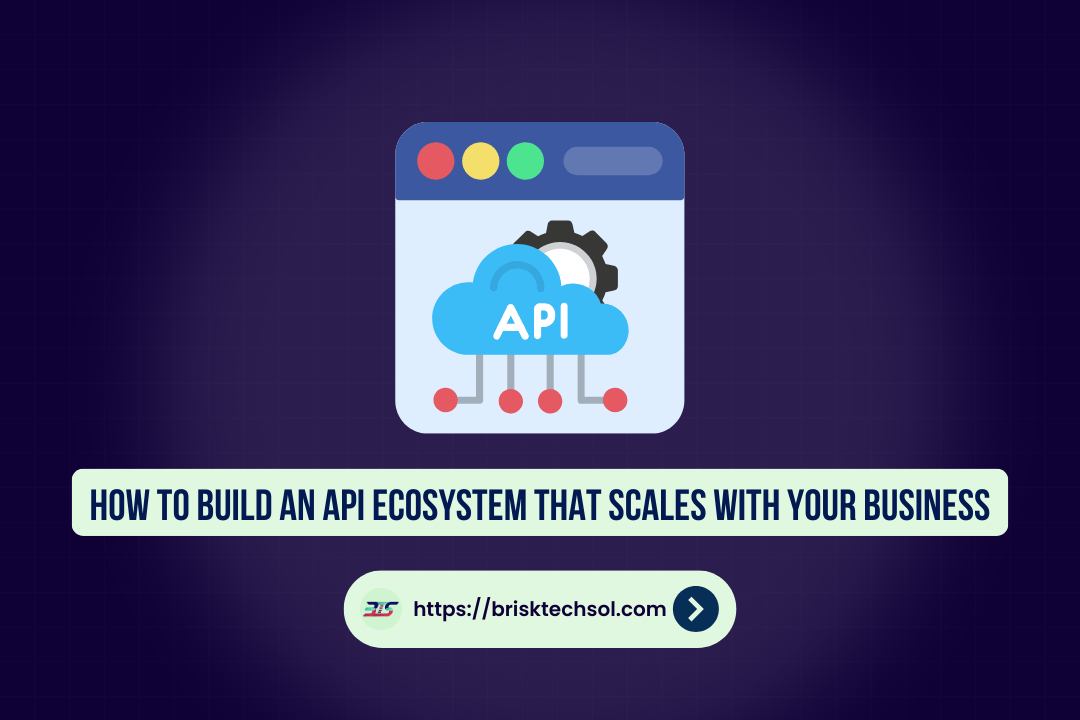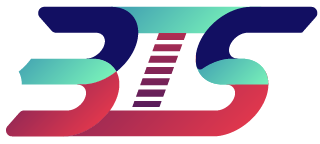Design research methods are the backbone of innovative UX and product design. In today’s competitive market, understanding user behavior through interviews, surveys, usability tests, A/B experiments, and ethnographic studies is essential. This article dives deep into the top 5 design research methods every designer should know, offering actionable insights and data-driven techniques for effective, human-centered design.
Overview of Design Research Methods
In the world of design, research methods serve as critical tools to bridge the gap between creative concepts and practical user needs. Design research encompasses a spectrum of techniques from qualitative approaches like user interviews and ethnographic studies to quantitative methods such as surveys and A/B testing. Each method offers unique insights that contribute to a user-centric design process.
Defining Design Research:
At its core, design research is about collecting data that informs the design process. Whether it is through direct user feedback or behavioral observations, designers employ research to understand user pain points, motivations, and expectations. Techniques such as “user testing,” “affinity mapping,” and “persona development” help transform raw data into actionable strategies.
Importance in UX & UI:
In today’s digital landscape, user experience (UX) and user interface (UI) design demand more than aesthetic appeal; they require deep user insights. Research-driven design supports iterative improvements, reduces the risk of design failures, and enhances overall customer satisfaction. Recent studies indicate that integrating design research can increase user engagement by up to 30% and boost conversion rates significantly.
Industry-Specific Jargon and Keywords:
Design professionals often use industry terms like “human-centered design,” “iterative prototyping,” “heuristic evaluation,” and “market research.” These terms, along with synonyms like “user research techniques” and “design investigation,” underscore the critical role of research in developing solutions that truly resonate with end users. Embracing both qualitative and quantitative approaches ensures that every design decision is backed by reliable data and current user insights.
User Interviews and Observations
User interviews and observations form the cornerstone of qualitative design research. These methods allow designers to dive deep into the user’s mindset and gather rich, narrative insights that are often missed by quantitative techniques.
Overview & Process:
User interviews involve one-on-one discussions where designers ask targeted questions to unearth user motivations, frustrations, and expectations. Coupled with observational studies—where researchers watch users interact with a product in real-world settings—this approach helps uncover subtle behavioral patterns and contextual nuances. Techniques like “contextual inquiry” and “empathy mapping” are crucial in capturing the full spectrum of the user experience.
Benefits:
- In-depth Insights: Interviews yield detailed, qualitative feedback that goes beyond numbers.
- Contextual Understanding: Observations reveal user behaviors in natural environments, highlighting pain points and unarticulated needs.
- Iterative Improvement: Insights gained can be immediately incorporated into design iterations, leading to better prototypes and final products.
Relevant Data & Statistics:
According to industry research, companies that invest in qualitative research see up to a 25% increase in user satisfaction. In addition, a study found that over 70% of successful product redesigns were informed by thorough user interviews.
Best Practices: - Prepare an interview guide with open-ended questions.
- Select diverse participants to capture a wide range of user behaviors.
- Record sessions (with permission) for further analysis.
By combining both interviews and observations, designers can synthesize qualitative data to build more accurate user personas and customer journey maps. This holistic understanding is essential for iterative design processes and supports the development of user-centered products that meet real market needs.
Surveys and Questionnaires
Surveys and questionnaires are indispensable tools for collecting quantitative data from a broader user base. They enable designers to gather statistical evidence that complements the qualitative insights from interviews and observations.
Overview & Methodology:
Designers deploy surveys online or offline to collect measurable data. A well-crafted survey includes a mix of multiple-choice, Likert scale, and open-ended questions. Questionnaires are often designed to validate hypotheses formed during the qualitative research phase. By ensuring the questions are clear and unbiased, designers can achieve high response rates and reliable data.
Key Advantages:
- Broad Reach: Surveys can target hundreds or thousands of users quickly.
- Data-Driven Decisions: Quantitative results offer statistically significant insights that inform design changes.
- Efficiency: Automated survey tools allow for rapid distribution and real-time data analysis.
Statistical Insights:
For example, research shows that effective survey design can lead to a 50% higher response rate. Additionally, over 60% of UX designers reported that survey results significantly impacted their design iterations and product roadmap decisions.
Best Practices: - Question Clarity: Use simple language and avoid leading questions.
- Balanced Question Types: Combine rating scales with open-ended questions for richer data.
- Data Analysis: Use statistical software or built-in analytics from survey platforms to interpret results accurately.
Integrating surveys into your design research framework not only strengthens the empirical basis of your design decisions but also ensures that user feedback is measurable and actionable. This dual approach merging the quantitative with the qualitative—creates a well-rounded understanding of user needs and market trends.
Usability Testing
Overview & Purpose:
Usability testing involves setting up real-world tasks for users and observing how easily they can complete them. It includes methods such as moderated testing, remote testing, and guerrilla testing. Each method provides unique insights into the user experience, helping designers fine-tune interactions and navigation flows.
Core Benefits:
- User-Centered Improvements: Direct feedback leads to immediate design refinements.
- Metric-Driven Insights: Key performance indicators (KPIs) such as task completion rate, error rate, and time-on-task are measured.
- Iterative Development: Continuous testing ensures that the product evolves with user needs and technological advancements.
Industry Data:
Studies indicate that iterative usability testing can reduce product errors by up to 40% and improve overall conversion rates by 20%. These improvements are crucial in today’s competitive market where user experience can be a key differentiator.
Best Practices: - Participant Recruitment: Choose a diverse group that reflects your target audience.
- Task Design: Develop realistic tasks that mimic everyday user scenarios.
- Feedback Collection: Use both qualitative observations and quantitative metrics to gather insights.
By using usability testing, designers can pinpoint friction points and refine the user journey. This process not only improves product performance but also builds trust and satisfaction among end users. Regular usability tests are a vital part of an agile design process, enabling continuous improvement and innovation.
A/B Testing
A/B testing is a data-driven technique used to compare two design variants to determine which performs better in terms of user engagement and conversion. It is a cornerstone of conversion rate optimization (CRO) and is widely used in digital product design.
Overview & Process:
A/B testing involves creating two versions of a webpage, app screen, or design element—labeled as Variant A (control) and Variant B (variation). These variants are then shown to different segments of users under controlled conditions. By analyzing metrics such as click-through rates, conversion rates, and user engagement, designers can determine which version resonates more effectively with the audience.
Benefits:
- Data-Driven Decisions: Empirical evidence guides design modifications rather than assumptions.
- Risk Reduction: Testing small changes on a subset of users minimizes potential negative impacts on the overall experience.
- Optimization: Continuous A/B testing enables iterative improvements that can significantly boost conversion rates.
Statistical Insights:
For example, A/B testing can lead to conversion rate increases ranging from 10% to 50% when optimally executed. Industry benchmarks indicate that nearly 80% of companies practicing regular A/B testing report measurable improvements in user engagement.
Best Practices: - Hypothesis Formation: Begin with a clear hypothesis on what design change will yield better results.
- Segmented Testing: Ensure user segments are randomized and statistically significant.
- Data Analysis: Use tools like Google Optimize or Optimizely to track performance and determine statistical significance.
A/B testing not only informs immediate design decisions but also contributes to long-term strategy by continually optimizing the user experience. Its iterative nature helps refine everything from call-to-action buttons to overall page layout, ensuring that the final design is both user-friendly and highly effective.
Ethnographic Research / Diary Studies
Ethnographic research and diary studies offer an immersive, long-term perspective on user behavior. These methods delve into how users interact with products in their natural environment, providing insights that are both deep and contextually rich.
Overview & Approach:
Ethnographic research involves direct observation of users in their daily lives, often spanning weeks or months. Diary studies, on the other hand, require participants to record their experiences over time. Both methods are invaluable for uncovering latent needs, contextual challenges, and real-life usage patterns that short-term studies might overlook.
Key Benefits:
- Context-Rich Data: Gain insights into the real-world context in which products are used.
- Longitudinal Insights: Track changes in user behavior over time to identify trends and pain points.
- Empathetic Design: Develop a deeper empathy for users by understanding their daily challenges and motivations.
Industry Data:
Research indicates that ethnographic studies can reveal unexpected user behaviors, with some studies reporting insights that lead to redesigns improving user satisfaction by over 35%. Such methods are especially valuable in industries like healthcare, education, and tech, where user context is paramount.
Best Practices: - Participant Selection: Choose participants who represent diverse user segments.
- Consistent Data Collection: Encourage regular diary entries and use mobile apps for real-time recording.
- Analysis: Combine qualitative narratives with quantitative data to form a comprehensive user journey map.
By integrating ethnographic research and diary studies into the design process, companies can uncover nuanced insights that drive truly user-centered innovations. These methods help bridge the gap between quantitative metrics and the qualitative human experience, ensuring that design decisions are not only data-driven but also deeply empathetic.
Key Takeaways
- Diverse Research Methods:
The article emphasizes that combining both qualitative (e.g., interviews, observations, ethnographic studies) and quantitative (e.g., surveys, A/B testing) research methods creates a comprehensive understanding of user behavior. - User-Centered Insights:
In-depth methods like user interviews and diary studies provide detailed insights that help in creating empathetic, user-centric designs, ensuring the final product resonates with its target audience. - Data-Driven Decisions:
Techniques such as surveys and A/B testing are essential for validating design hypotheses with hard data, enabling designers to make informed decisions that drive better performance and higher conversion rates. - Iterative Improvement:
Usability testing is critical for identifying and addressing design flaws early. Continuous testing and iteration lead to more refined, user-friendly interfaces and experiences. - Industry Relevance:
By integrating design research methods into the design process, organizations can enhance user satisfaction, optimize product performance, and ultimately achieve competitive advantage in today’s market.
FAQ’S
What are design research methods?
Design research methods are systematic approaches—including interviews, surveys, usability tests, A/B testing, and ethnographic studies—that gather deep user insights to inform and optimize user-centered design.
Why are user interviews and observations important in design research?
They provide rich, qualitative data that reveal users’ underlying needs, behaviors, and pain points, enabling designers to build empathetic, context-aware solutions.
How do surveys and questionnaires contribute to effective design?
These tools collect quantitative data from a broad user base, helping validate hypotheses, identify trends, and support data-driven design decisions.
What role does usability testing play in enhancing user experience?
Usability testing uncovers real-world issues by observing how users interact with a product. It highlights usability challenges and guides iterative improvements for an intuitive, efficient design.
How do ethnographic research and diary studies differ from short-term research methods?
Ethnographic research and diary studies offer long-term, contextual insights by immersing in the user’s environment. They capture evolving behaviors and real-life usage patterns that short-term studies might miss.

